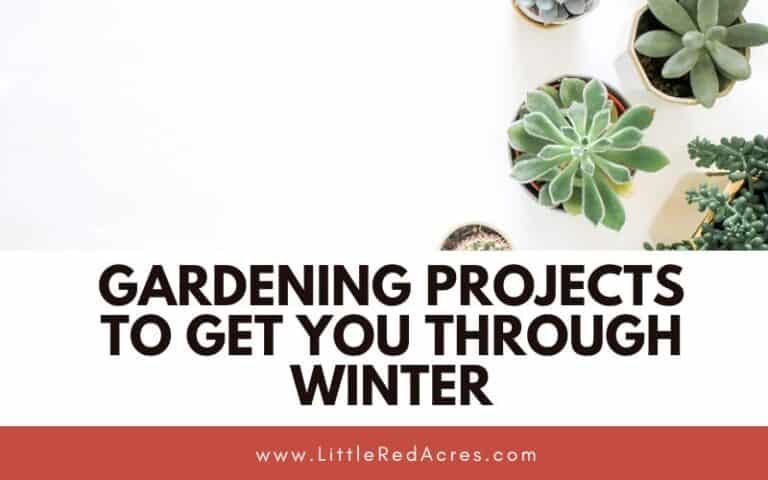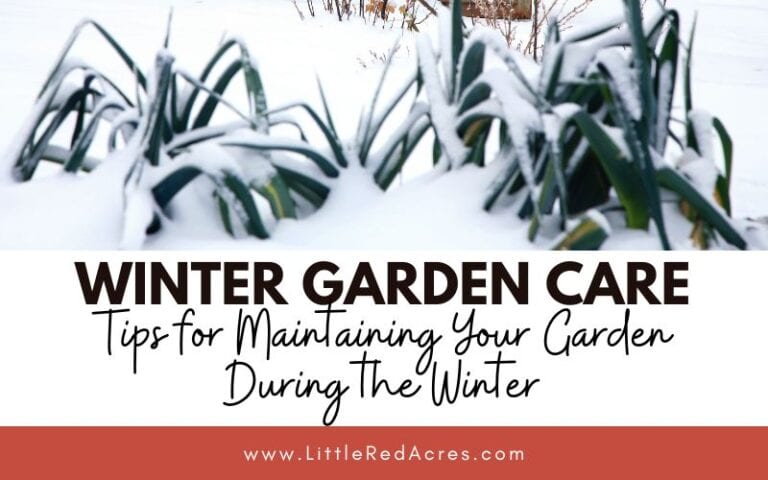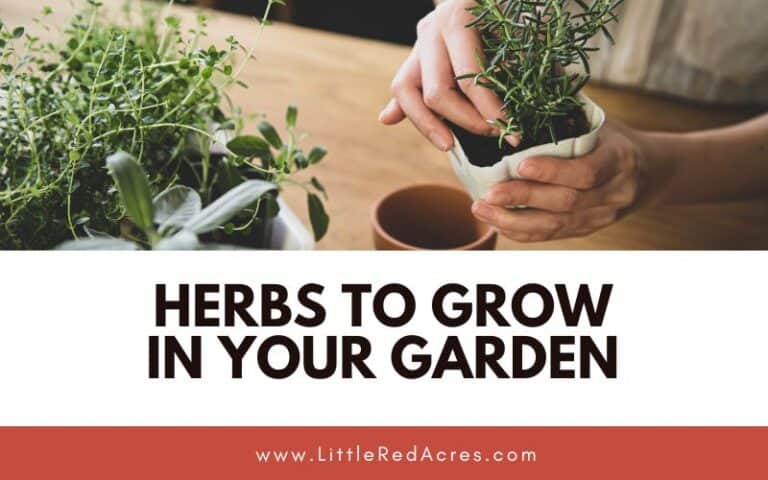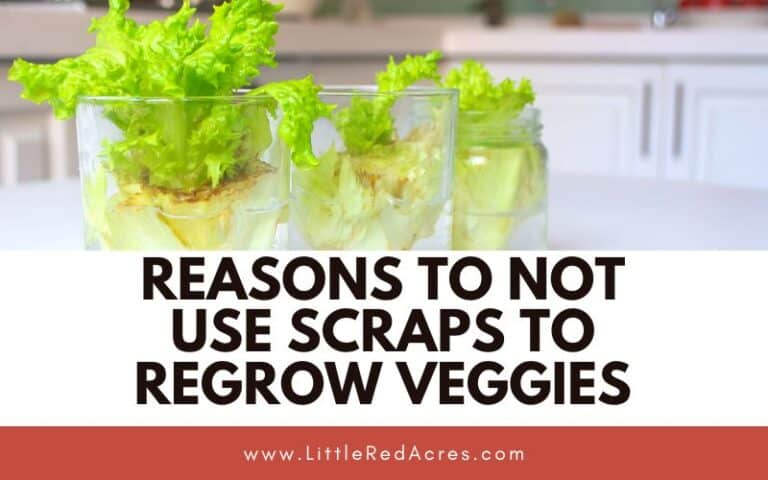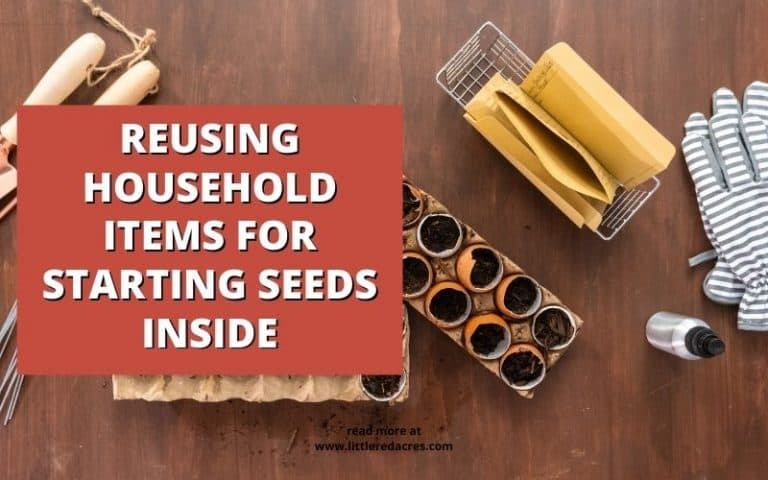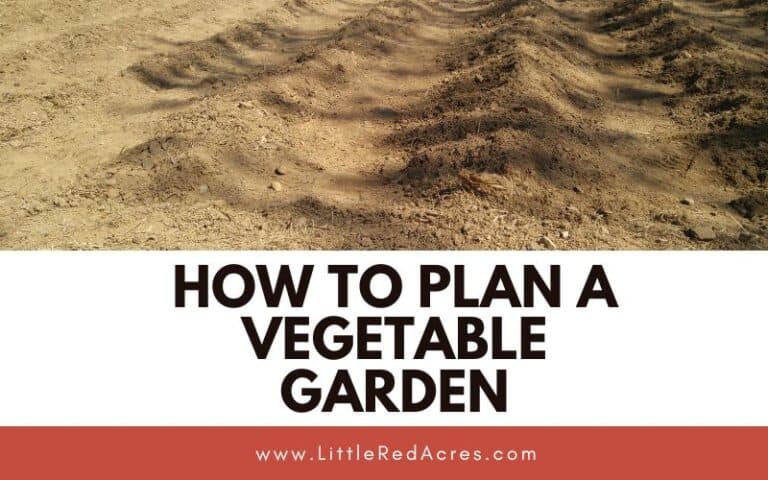List of Companion Planting For Your Garden
Inside: Companion planting is an important tool that utilizes the natural abilities of plants to contribute to the overall production of your garden.
A successful garden is composed of a variety of vegetables that work together to achieve a delicious bounty of taste. Companion planting is an important tool that utilizes the natural abilities of plants to contribute to the health of your garden.
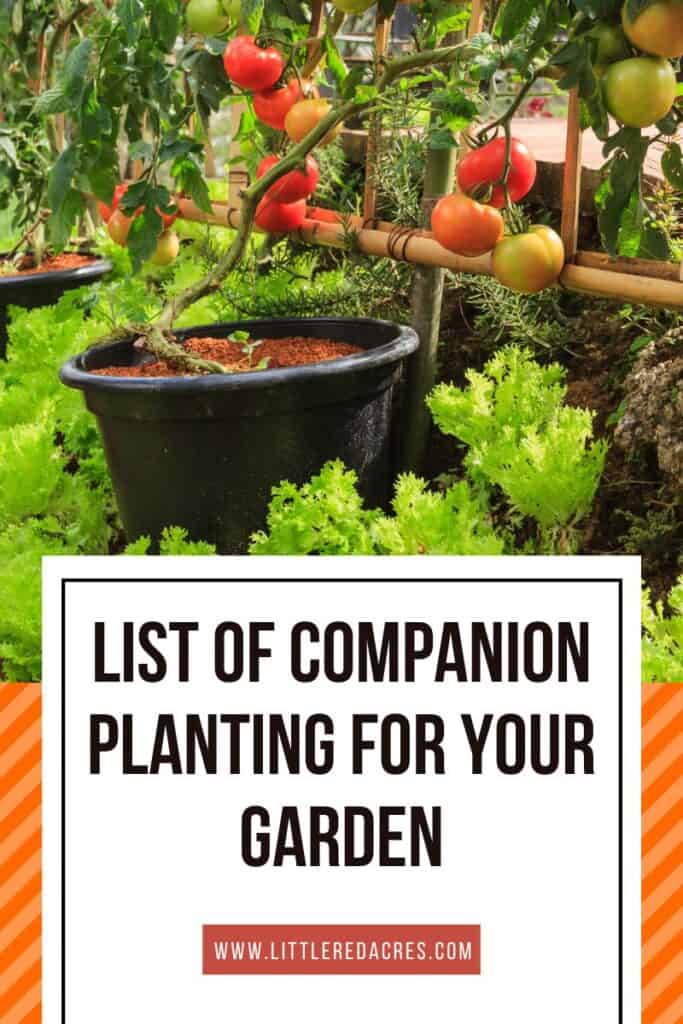
This post may contain affiliate links, see my disclosure policy for more information.
List of Companion Planting
Companion planting involves strategically placing different vegetables nearby so that the flavors and qualities of each plant are enhanced. Not only does companion planting help with pest control, but it can also help your plants to thrive in the long run.
Get updates & freebies delivered to your inbox!
Plant Compatibility
Here is a look at some of the best vegetables and herbs to plant together. With this information, you can create the perfect garden that produces delicious, healthy vegetables for you and your family. And save on planting space.
Tomatoes
Tomatoes and basil truly are the best of friends! Not only do they work wonderfully together in sauces, but they can even help each other out in the garden. Basil helps tomatoes produce bountiful harvests while warding off pesky flies and mosquitoes.
Marigolds are faithful companions too, shielding tomatoes from any nematodes or other garden bugs. Plus they are going to draw bees and other pollinators to your garden.
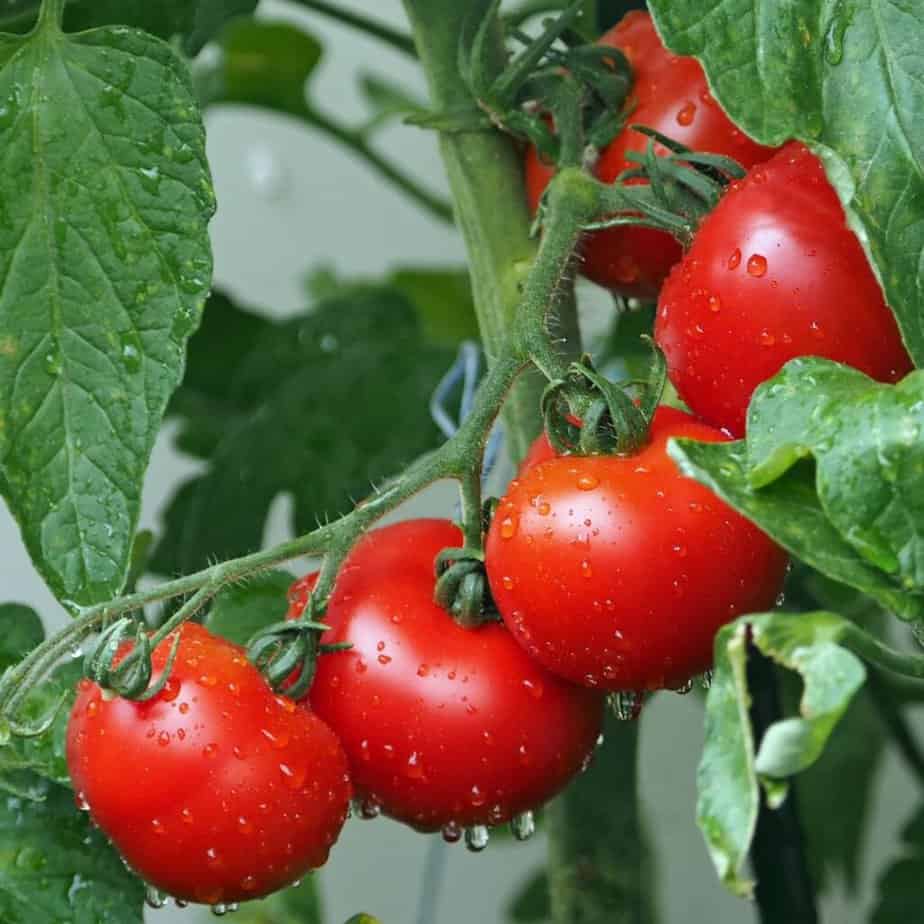
Peppers
Basil is a good friend to peppers, helping repel aphids, spider mites, mosquitoes, and flies. It’s also thought that basil improves the pepper’s flavor. Other good companions include onions, spinach, and tomatoes.
Green Beans
Growing corn and beans together is a great idea because the beans will naturally climb the cornstalks, meaning you won't even have to build a trellis! Plus, the beans will fix nitrogen in the soil which is great for the corn.
Planting marigolds, nasturtiums, rosemary, and summer savory will help keep pesky bean beetles away, and summer savory will also help the growth of both crops.
Introducing the Garden Planner and Tracker, the ultimate tool for all your gardening needs! With our innovative planner, you can effortlessly design, plan, and manage your dream garden all in one place.
Cucumbers
Brighten up your cucumber patch by planting cheerful marigolds and nasturtiums – they help to keep aphids and beetles away!
Adding other companion plants such as beans, celery, corn, lettuce, dill, peas, and radishes is also a great way to make your garden look even more beautiful.
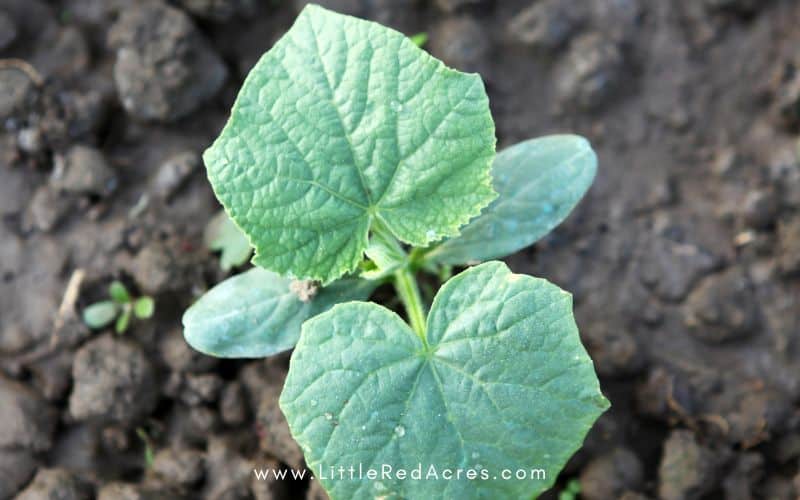
Onions
Planting carrots near onions is a great idea! Not only will the onions keep the carrot fly away, they also help to chase away pesky aphids.
Other vegetables that are friendly to onions and enjoy their company include beets, cabbage, lettuce, and parsnips (which also need protection from the carrot fly).
Lettuce
If you want to keep your lettuce safe, try planting some mint, chives, and garlic nearby. Beans, beets, broccoli, carrots, corn, peas, and radishes all work great as companion plants and don't forget about marigolds, which attract ladybugs that can help control aphid populations.
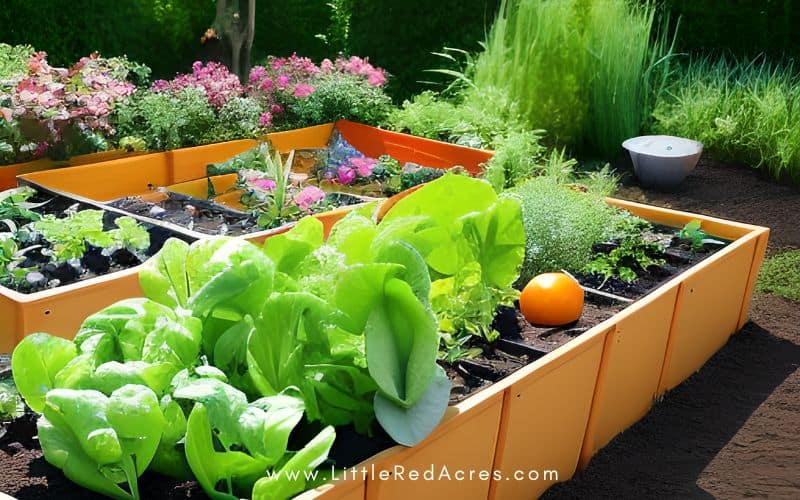
Summer Squash/Zucchini
Corn and squash are wonderful friends since the cornstalks provide the squash vines with a great spot to climb up! Squash also gets along really well with beans, peas, radishes, dill, and marigolds – a great team!
Carrots
Tomatoes and carrots are the perfect pair! Carrots love the shade that tomatoes provide, and tomatoes benefit from the soil aeration that carrots create.
Tomatoes naturally produce solanine, a natural insecticide that helps protect carrots from pests.
Radishes
Radishes are a great companion to cucumbers and carrots! Planting them nearby will help keep pesky cucumber beetles away from your cukes, and the radishes will loosen the soil as the carrots grow. And they can be harvested before the carrots.
Onions, beets, cabbage, kale, lettuce, spinach, and squash are also great additions for a thriving garden.
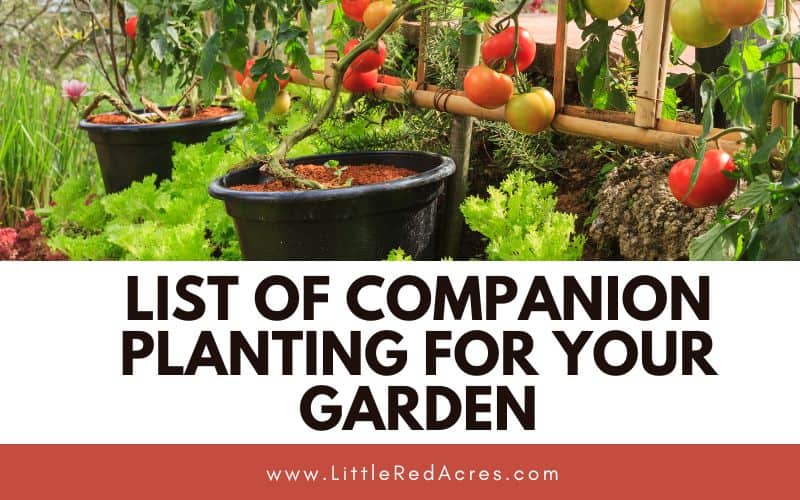
Sweet Corn
Corn loves veggies that can help the soil by adding nitrogen – like green beans! And isn't it great how cornstalks make a great trellis for plants that need support like beans, cucumbers, peas, pumpkins and melons?
Frequently Asked Questions
What vegetables go together in a raised bed? Basil planted in the same bed can help enrich the flavor of ripe tomatoes. Radishes and marigolds planted with cabbages help control the cabbage maggots that commonly attack cabbage plant roots. Add some chives to this bed if you have a slug problem.
What not to plant next to potatoes? Potato – Bush beans, celery, corn, garlic, marigolds, onions, and peas all do well planted near potatoes. Avoid planting potatoes near asparagus, Brassicas, carrots, cucumber, kohlrabi, melons, parsnips, rutabaga, squash, sunflower, and turnips.

Want More?
List of Incompatible Plants You Want to Know
Seeds or Transplants: Which Should You Choose?

